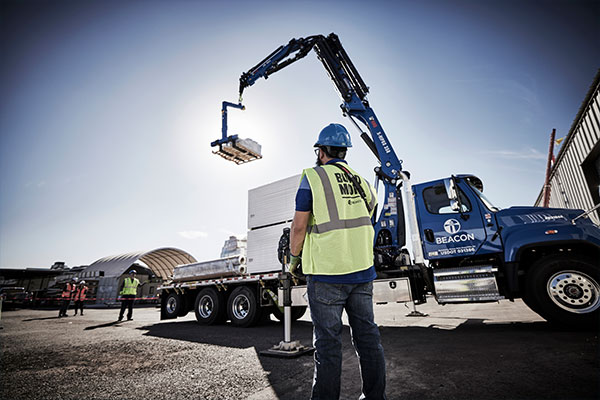Commercial Roof Protection for Extreme Weather
Author: Dan Stout | January 8, 2024
Extreme weather, including tornadoes, hurricanes, heat waves and ice storms, is becoming more common. Between 2000 and 2019, there were more than 7,300 extreme weather events worldwide, nearly double the number from 1980 to 1999. Whether they bring with them high winds, high heat or excessive rain, weather events can cause considerable damage and injury.
As these weather events occur more often, it's important to be prepared. As a roofing contractor, one way to prepare for extreme weather is to offer your commercial customers roof protection against excess precipitation, high winds, heat, cold and prolonged UV exposure.

Roof Protection for Extreme Temperatures
Weather changes have meant prolonged periods of extreme heat in some areas and well-below-average cold temperatures in others. Some regions have experienced extremes on both ends of the temperature spectrum. When temperatures rise or fall well above normal limits, the roofing materials are likely to expand and contract rapidly, putting extra stress on the roof. High heat or freezing cold can also cause roofing materials to wear out sooner.
One way to protect against very high heat is to install cool roofing materials on a commercial roof. Cool roofs use reflective or light-colored materials to limit the amount of heat that gets absorbed. As an added benefit, cool roofs may help lower a building's energy bills. Another option is to use heat-resistant coatings on the roof.
Roof Protection for Storm Damage
Whether they occur in the winter or summer, storms can cause significant damage to a commercial roof. High winds can tear or loosen shingles and membranes, while heavy rainfall or lots of snow can make a roof more susceptible to leaks. Water can pond on flat roofs when a lot of rain falls in a short period.
Repair tape is one way to fix a roof that is leaking following prolonged exposure to precipitation or high winds. The tape seals openings in the roof's seams or around a roof's drain. Improving drainage on the roof, so that water doesn't pond or put excess weight on it, can also help protect the roof from water damage.
Installing impact-resistant roofing materials is another way to protect a commercial roof from storm damage, as the materials are less likely to be significantly damaged by hail, flying debris or strong winds.
Roof Protection for UV Exposure
The sun's ultraviolet rays can give a commercial roof the equivalent of a sunburn. Just as skin can blister following a bad sunburn, roofs will develop blisters after prolonged exposure to the sun's rays. If those blisters break open, they can make a roof more prone to leaks. Excessive sunlight also weakens the structure of the roof and can cause its color to fade over time.
Fortunately, a sort of sunscreen for roofs is available, in the form of roof coatings that provide protection against the sun's ultraviolet light. The right underlayment, installed when the roof is installed, can also offer UV ray protection.
It's likely that extreme weather events will continue to happen, and become even more frequent, in the years to come. Being proactive and offering your commercial roof customers weather-resistant materials, coatings and underlayments during installation or repair will help protect their roofs for years to come and increase their loyalty to your company.